Swing trading is a methodology that seeks to capture “one move” in the markets.
This is done by exiting your trades just before opposing pressure steps in.
For example, if you buy at support, then you want to exit your trade before resistance, where selling pressure might step in to erode your profits.
Here’s an example:

Swing trading can be applied across most timeframes. But generally, it’s on the 1-hour timeframe and higher.
If you want more details on swing trading, then check out The No BS Guide To Swing Trading.
But if you’re familiar with it, then let’s discuss a few powerful techniques to improve your swing trading results.
Read on…
#1: The best market conditions for swing traders
Here’s the deal:
As a swing trader, you want to identify market conditions which have the potential to swing in your favour.
And the 2 ideal market conditions for it are:
- Healthy trend
- Weak trend
Let me explain…
Healthy trend
A market is said to be in a healthy trend when it respects the 50-period moving average and remains above it.
But why a healthy trend for swing trading?
Firstly, you put the odds in your favour by trading with the trend.
Next, you can easily identify the ebb and flow of the market (the price goes higher, then makes a pullback, then goes up higher again, etc.).
So as a swing trader, you want to buy when the market makes a pullback towards the 50-period moving average, and sell just before it reaches the previous swing high.
Also, the distance from the 50-period moving average to the swing high is your potential profit—and usually offers a 1-to-1 risk-reward ratio (or more).
Here’s an example:
Makes sense?
Weak trend
Now, another market condition that’s ideal for swing traders is a weak trend.
In this market condition, the market is still in an uptrend but, the pullback is much deeper and tends to respect the 200-period moving average or support.
Here’s an example:
Now, the approach to trade a weak trend is the same as a healthy trend—you’re looking to buy at an area of value, and sell before opposing pressure steps in.
We’ll discuss entries and exits later, but for now, let’s move on…
#2: Trade near the area of value, not far from it
At this point, you’ve learned that healthy and weak trends are favourable for swing trading opportunities.
However, just because a market is in an uptrend doesn’t mean you’ll blindly hit the buy button.
Why?
Because you don’t have a logical place to set your stop loss.
Let me give you an example. Look at this chart below…
The market is in a healthy uptrend and approaching the swing high.
Now if you were to buy right now, where would you put your stop loss?
You’ll realize there’s no logical place to set your stop loss, until at least below the 50-period moving average.
And if you were to do that, it’ll offer you a poor risk-to-reward on your trade.
Here’s what I mean…
So, what’s the solution?
Well, it’s quite simple actually—trade near the area of value, not far from it.
So if your area of value is the 50-period moving average, then let the price come closer to it before taking a long position.
Here’s how things would change now…
Risk to reward from 50-period ma
Do you see what I mean?
Pro Tip:
Your area of value can be support/resistance, trendline, channels, etc. and the concept still applies.
#3: Price rejection to time your entry
Once the price comes into an area of value, what’s next?
Well, you want to look for a price rejection—it signals that the buyers are momentarily in control (and could push the price higher).
Now, price rejection can appear in the form of reversal candlestick patterns like a hammer, shooting star, engulfing pattern, etc.
But the key thing is, for the price to “quickly leave” the area of value.
Here’s an example:
Noticed how quickly the price left the area of value? This signals a rejection of lower prices.
Now, candlestick patterns aren’t the only way to identify price rejection because it can appear in this manner as well…
Remember, the key thing is for the price to “quickly leave” the area of value—not the candlestick pattern.
Reversal candlestick patterns help you to define a price rejection, but it’s not the only way.
Pro Tip:
Not all swing trading strategies require “confirmation” or price rejection to time your entry.
One example is The Pullback Stock Trading System.
#4: How to avoid getting stopped out of your trades prematurely
Here’s the deal, you can:
- Wait for an ideal market condition
- Trade from an area of value
- Wait for a valid entry trigger
But if you set your stop loss at a poor level, you’ll get stopped out of your trade prematurely (before the market even has the chance to move in your favour).
So, don’t set your stop loss based on some random level because the market doesn’t care.
Instead, use the area of value to your advantage and set your stop loss beyond it.
This way, the market must “work harder” to reach your stops, thereby giving your trade more room to breathe—and a better chance of working out.
Here’s how to do it (for a long trade):
- Determine the current Average True Range (ATR) value
- Identify the lowest price point in your area of value
- Take the lowest price point and minus the current ATR value—and that’s your stop loss
Now, this concept can be applied to any area of value like support & resistance, trendline, channel, etc.
If you want to learn more, then go watch this training video below…
#5: How to set a proper target so you can avoid watching your profits turn to losses
I laugh to myself whenever I hear traders comment:
“You must have a minimum of 1:2 risk-reward ratio if you want to be a profitable trader.”
Now let me ask you…
What’s so special about having a 1:2 risk-reward ratio?
Why not have a 1:10? Or even a 1:100?
So here’s the truth…
The market doesn’t care about your risk-reward ratio—it goes where it wants to go.
The only thing you can do is, observe what the market has done previously, and use it as a clue to where it might go in the future.
For example:
If the market previously collapsed at $100, then the next time it approaches $100, there’s a possibility of selling pressure coming in at that level.
As a swing trader, you don’t want to set your target at $105, $100, or $110 because the market might not get to that level due to selling pressure.
Instead, you want to exit your trade before opposing pressure steps in which is before $100 (around $99 or so).
This means if you’re in a long trade, you’ll want to exit your trade before:
- Swing high
- Resistance
- Downward trendline
(And it’s just the opposite for a short trade)
Here’s an example of exiting your trade before the price reaches resistance…
Make sense?
Bonus tip: Scale half ride half
As a swing trader, you usually have to forgo the opportunity to capture a trend.
But what if I told you there’s a way to capture a swing and still ride a trend?
Do you want to learn more?
Then let me introduce to you… the scale half ride half technique.
Here’s the idea behind it…
You want to exit half of your position before opposing pressure steps in.
Then for the remaining half, you can adopt a trailing stop loss to ride a trend.
Here’s an example…
Now…
The upside to this is, you can capture a swing for consistent profits and at the same time, be able to ride trends to increase your profits.
However, if the trend doesn’t play out, the market might go back to your entry price, or worse, hit your stop loss.
Cool?
Conclusion
So, here are the swing trading techniques you’ve learned:
- The best market conditions for swing trading is in a healthy trend and weak trend
- Trade near an area of value so you can buy low and sell high (don’t trade far away from it)
- You can use candlestick reversal patterns like hammer, engulfing pattern, etc. to time your entries
- Set your stop loss 1 ATR away from the area of value so your trade has more room to breathe—and you can avoid getting “stop hunted”
- You want to set your target profit just before opposing pressure steps in (if you’re in a long trade, you can exit before resistance, swing high, etc.)
- You can exit half your position before opposing pressure steps in and use a trailing stop loss on the remaining position to ride the trend
Now here’s what I’d like to know…
What are some swing trading techniques that you use?
Leave a comment below and share your thoughts with me.

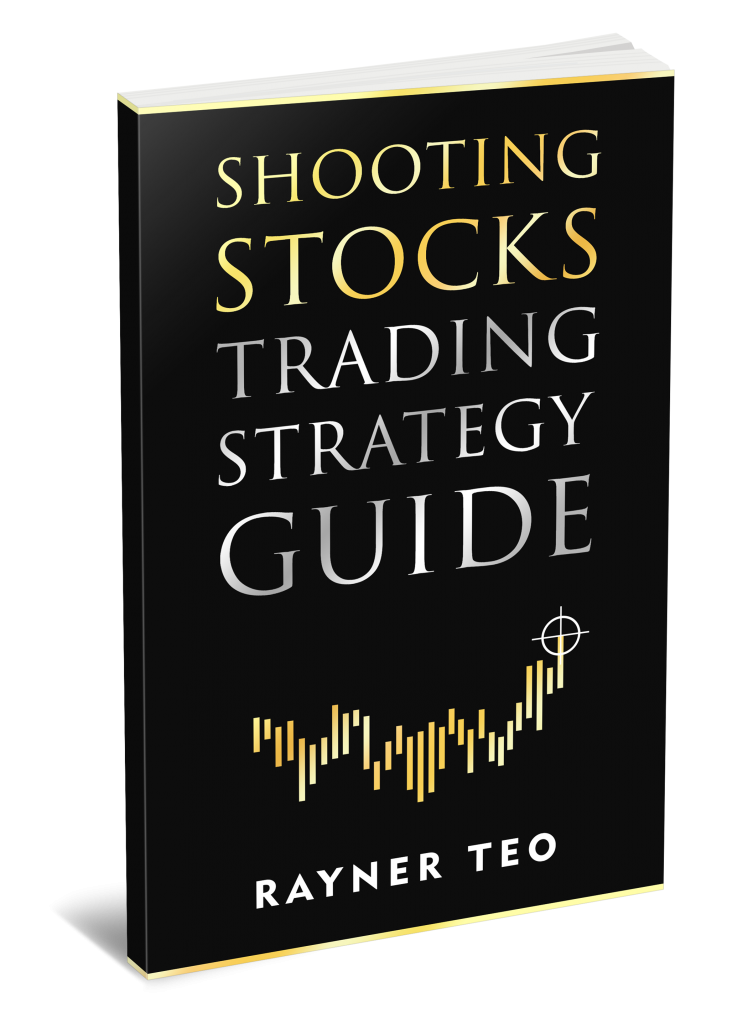
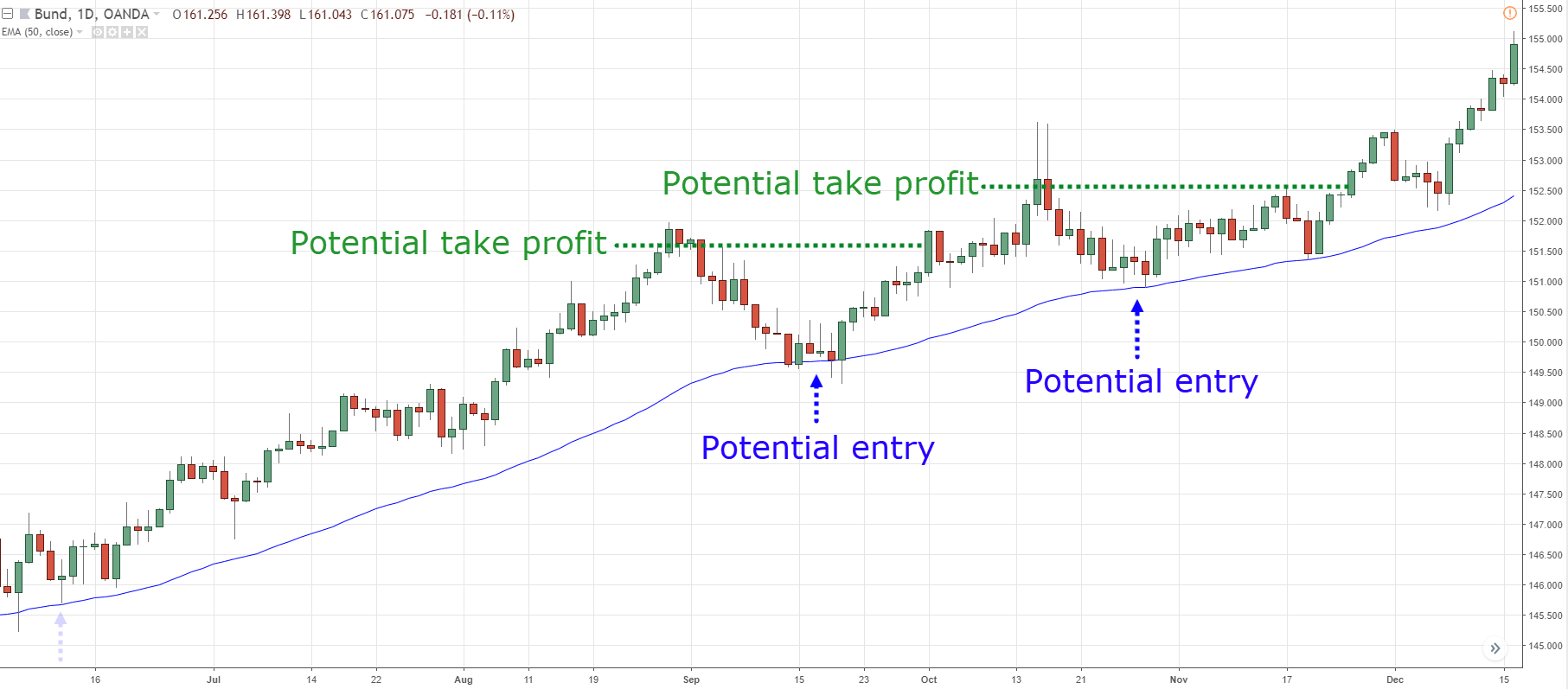
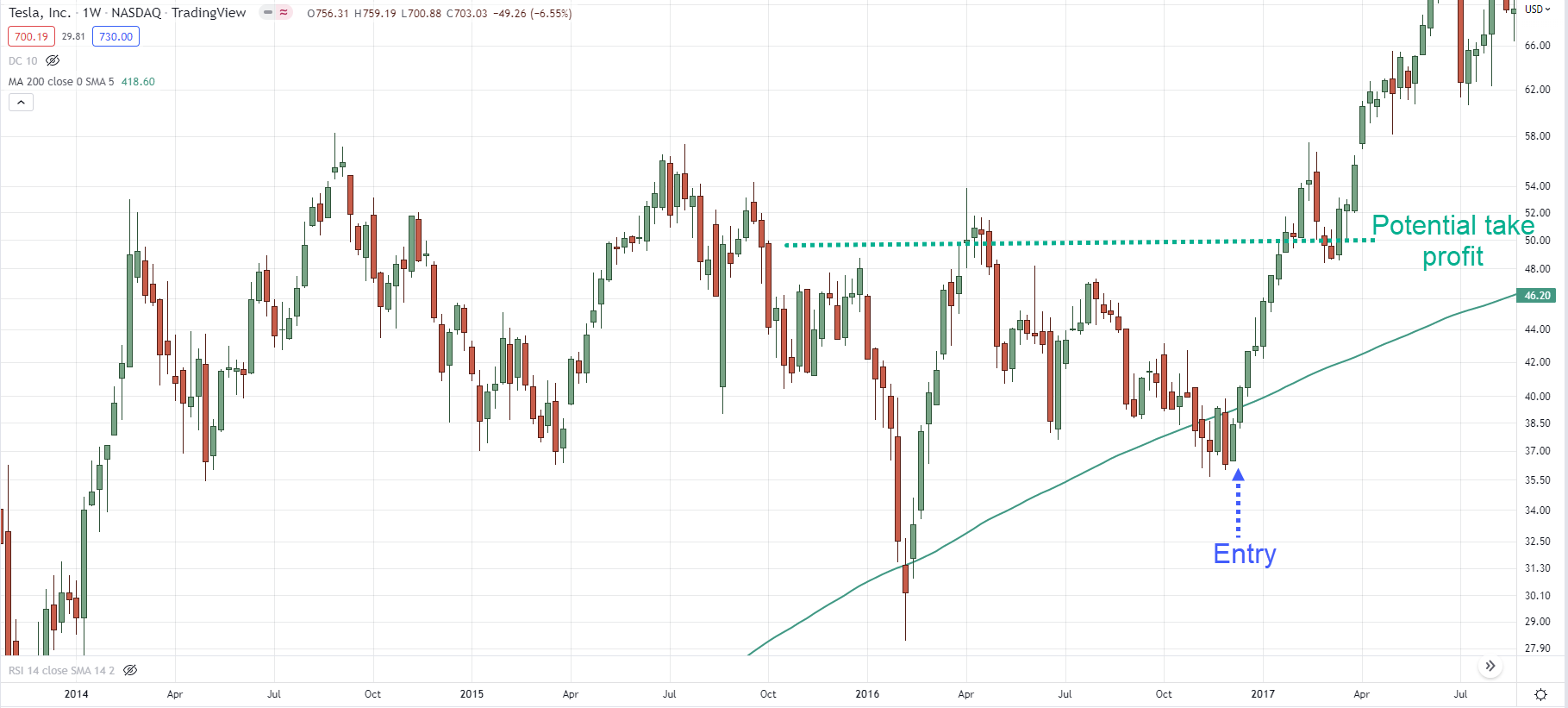
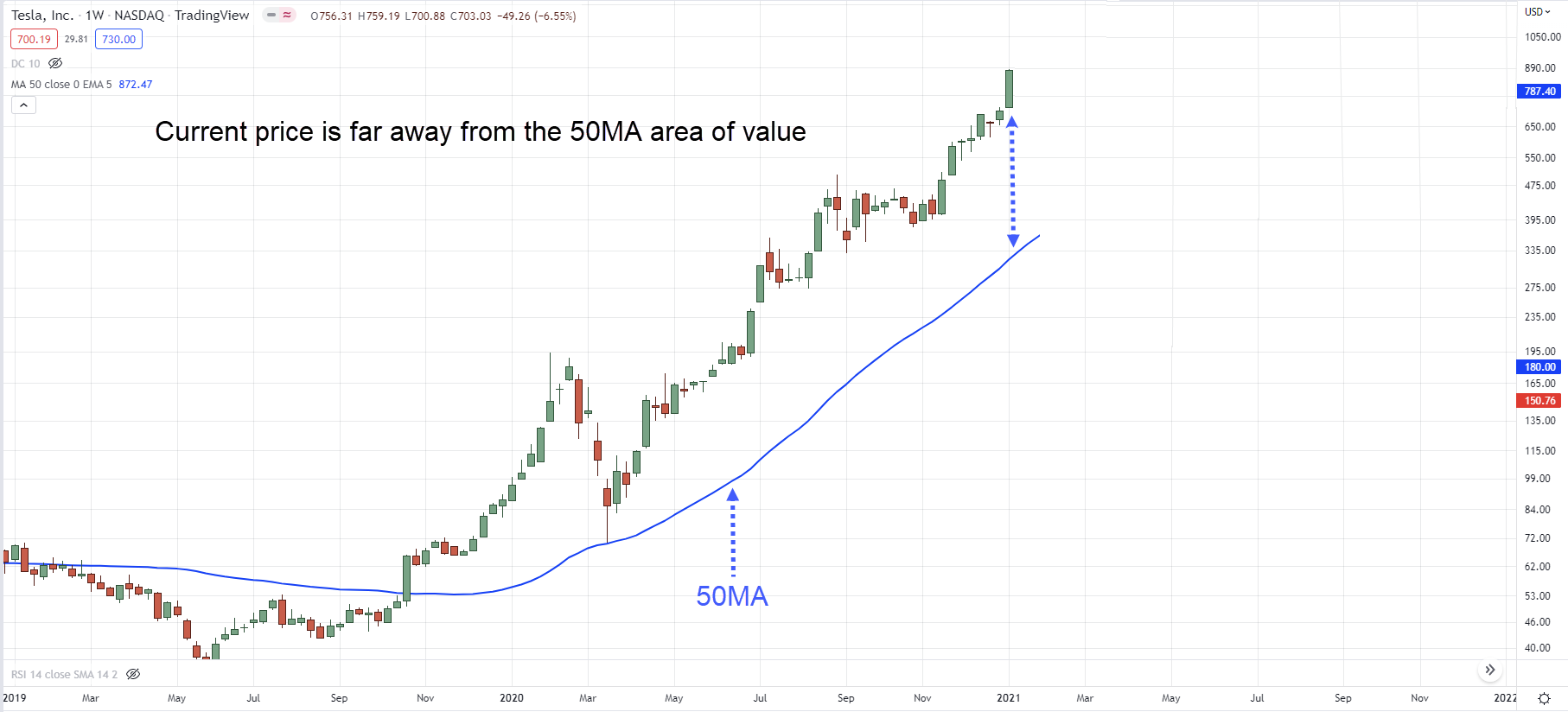
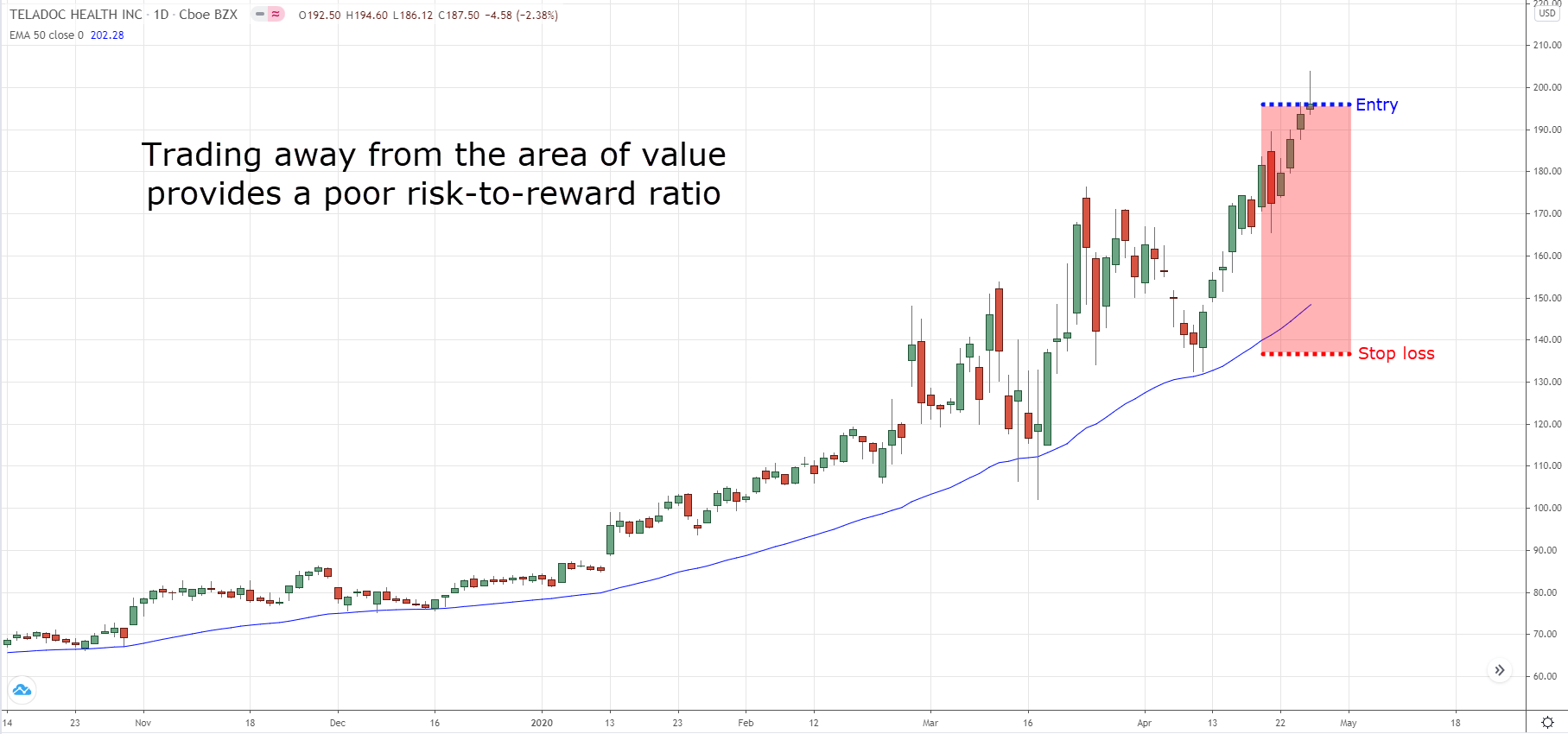
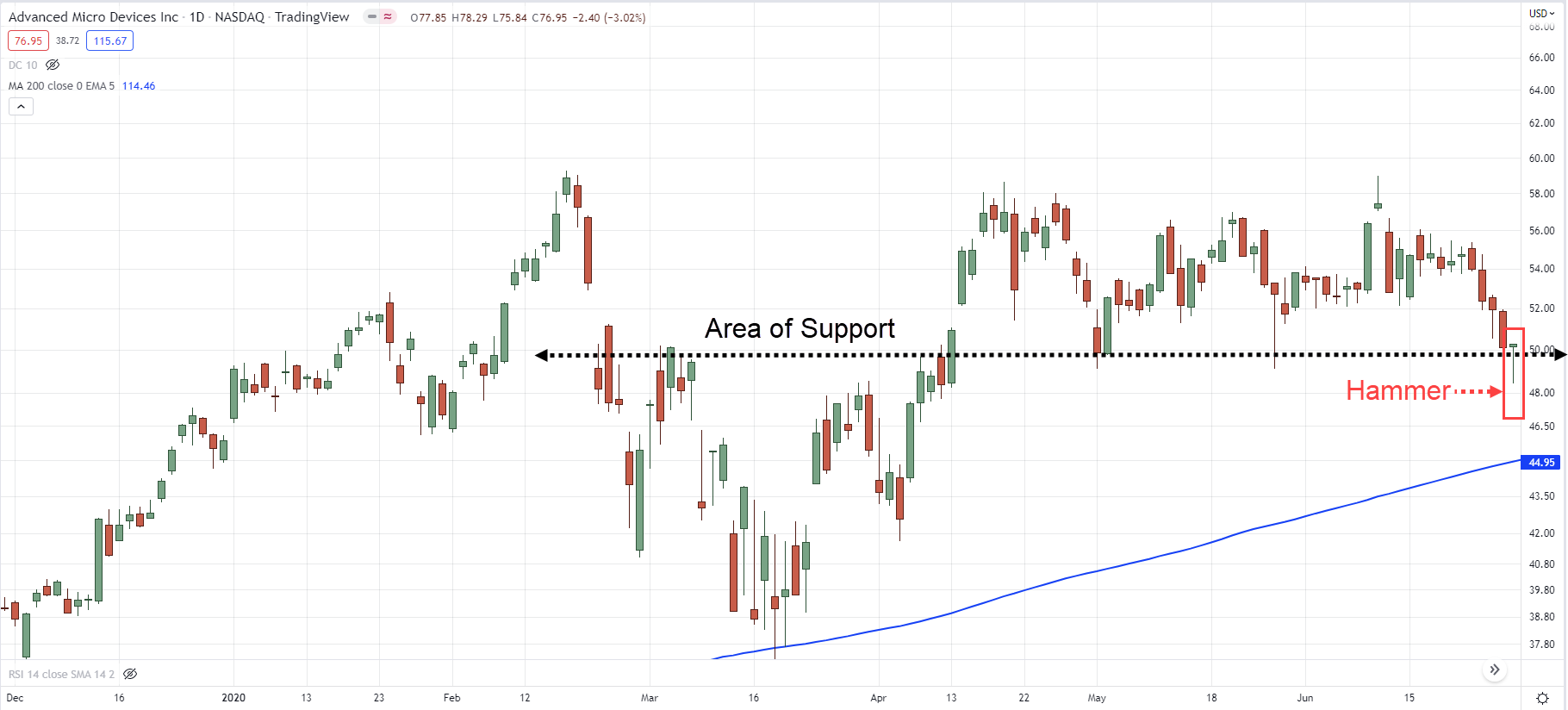
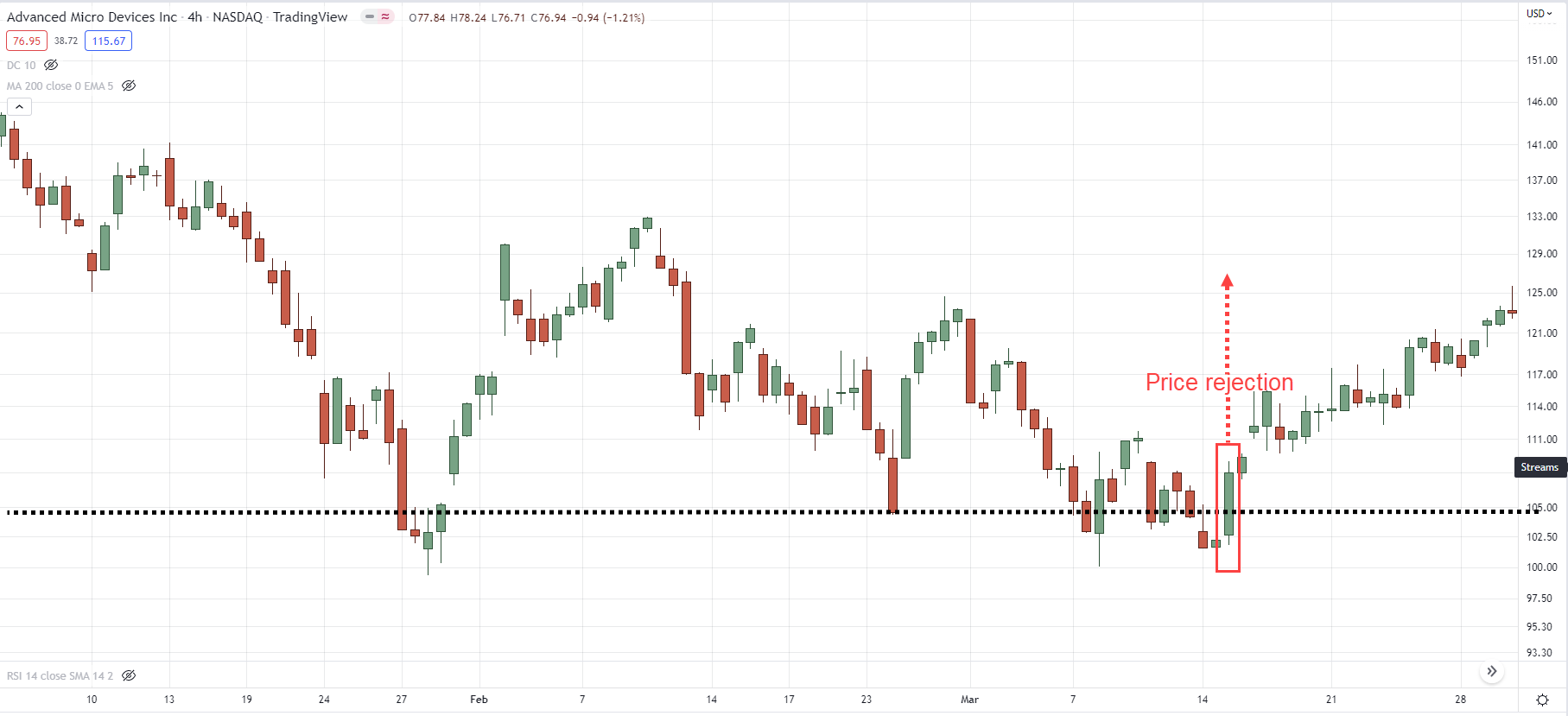
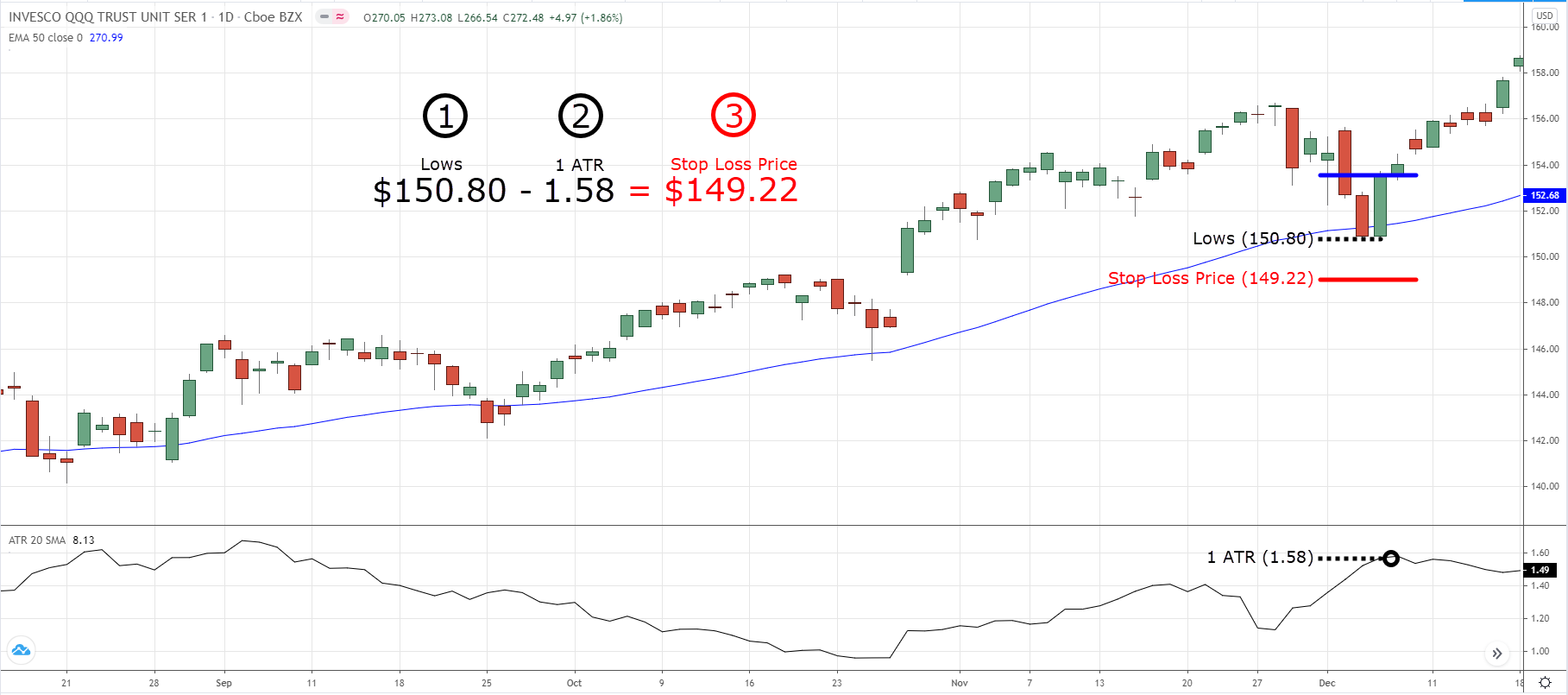
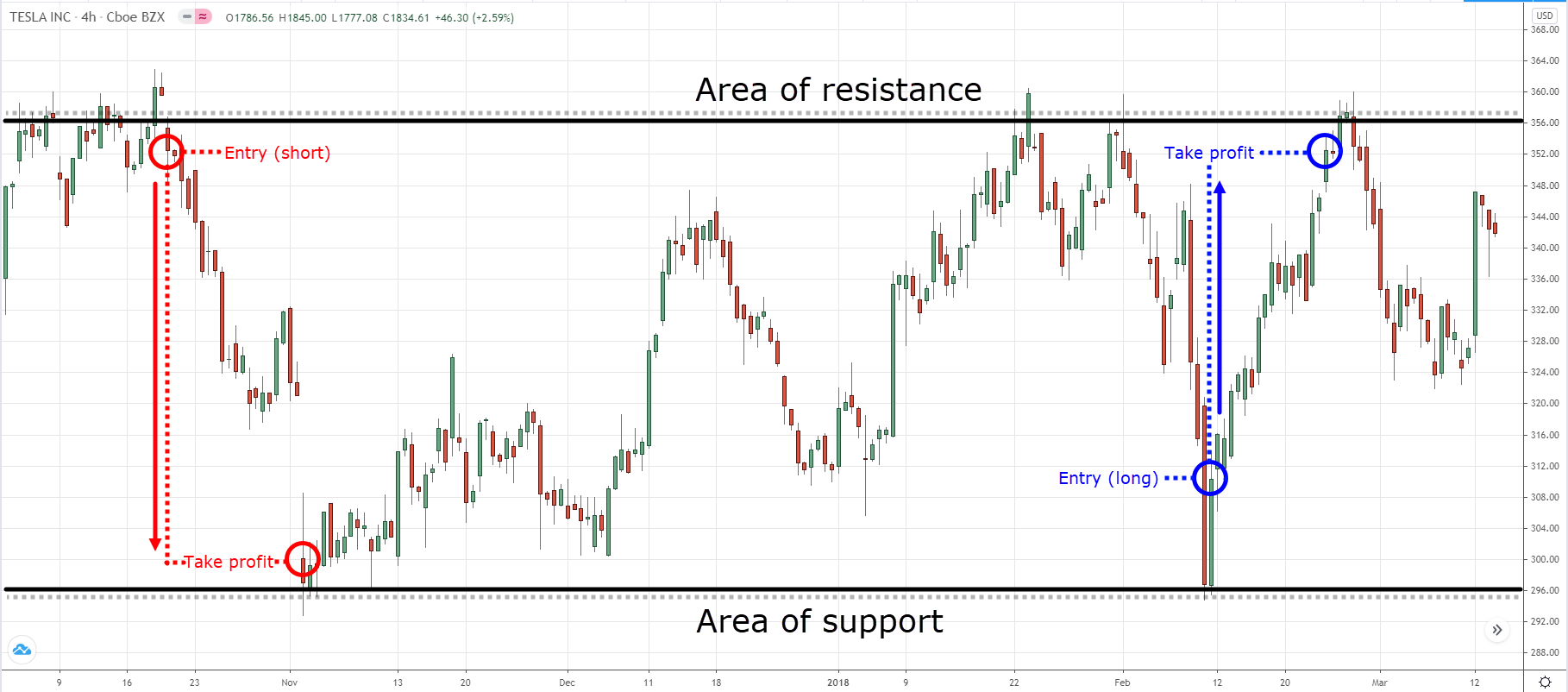
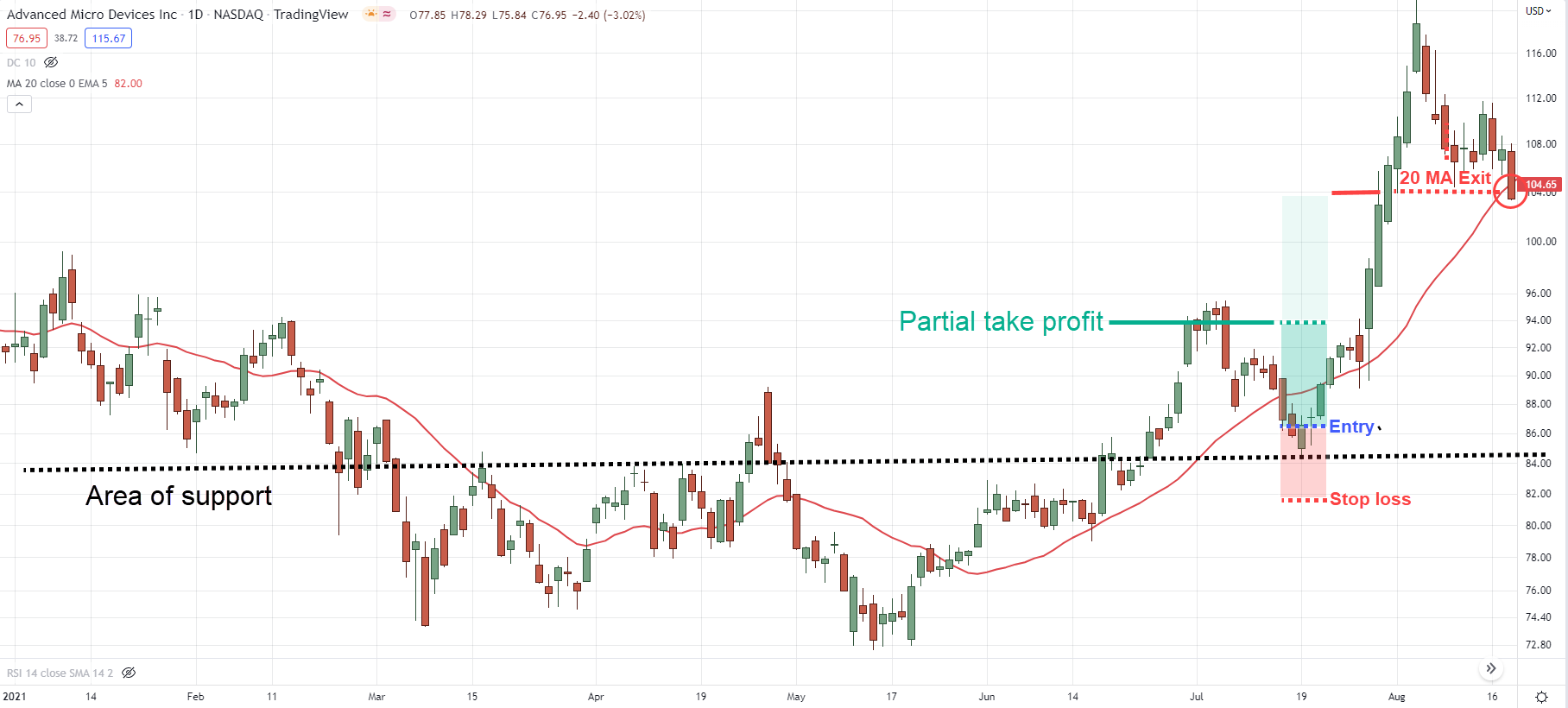
Good stuff, I learning a lot from you, thank you for sharing.
You’re welcome, Lucas, great to hear that!
Thanks Rayner
You’re welcome, Costa!
Rayner, you’re an excellent teacher. You’ve improve my swing strategy. Thank you
Congratulations on your improvement Edwin, keep it up!
Thank you for this valuable information
You’re welcome, Mbabila!
Learning from you here in Nigeria..I wonder how my trading will be without your mentorship..
Thank you so much
Great to hear that Masud, you’re welcome!
Excellent session sir
Thank you for the kind words, Gajanan!
Sir thank you very much sir you are a good teacher….. Sir can I you this strategy in the Forex market too?
Definitely, Adibeli!
Wow, lessons well taught. I really want to believe that this swing method has been backtested!
You shouldn’t, even if we do.
Always verify everything on your end and backtest!
Thanks for sharing this.
Learning both from your channel and website
You’re welcome, Digitise!
Great to hear that!
Great,you are the best Rayner ..am improving here in Namibia
Great to hear that Shampapi!
Thank you very much..
You’re welcome, Bokamoso!
Thanks boss I learn so much from you and I pray you will never fall in Jesus name
Thank you for the kind words Oyewole!